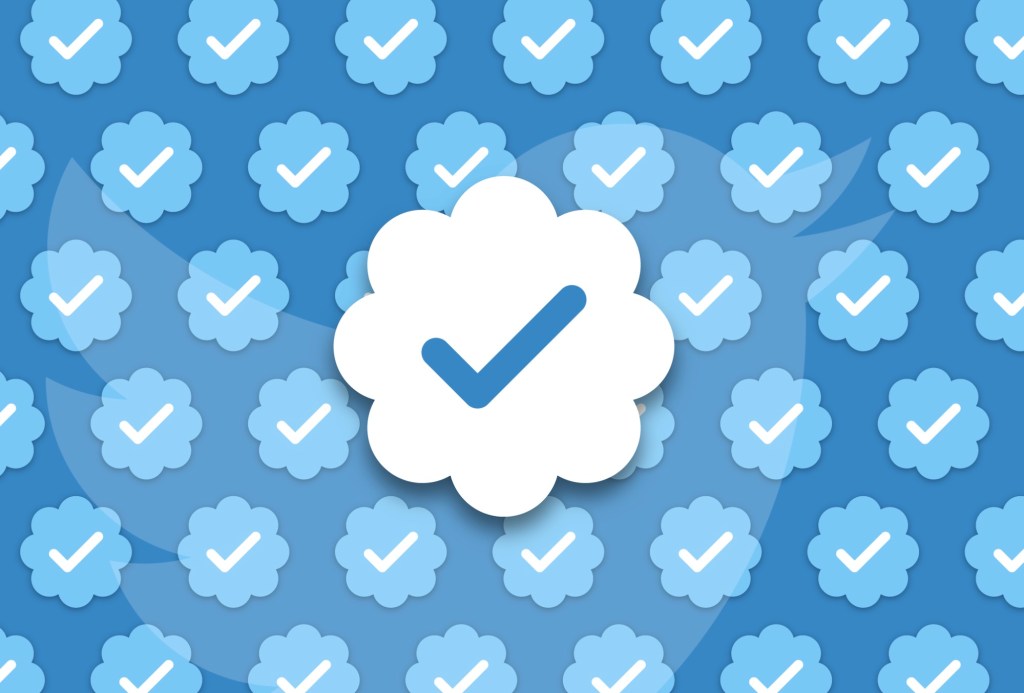Bluesky, the decentralized social media platform, has officially launched its blue check verification system, aiming to authenticate notable accounts and bolster user confidence. This initiative mirrors the original verification approach once employed by Twitter before its rebranding to X.
In its initial phase, Bluesky is collaborating with select Trusted Verifiers—independent organizations authorized to confirm the legitimacy of accounts associated with their teams. For instance, a company can verify its public relations team members, ensuring users can trust these accounts as credible sources of company information. Each verification undergoes scrutiny by Bluesky’s moderation team to maintain authenticity.
Previously, Bluesky offered a form of verification by allowing users to set a domain they own as their username. This method enabled users to link their accounts to their personal or organizational websites, providing a layer of authenticity. To date, approximately 270,000 accounts have utilized this feature. However, feedback from the community indicated a desire for a more prominent visual indicator of authenticity, leading to the introduction of the blue check system.
At present, Bluesky is not accepting public applications for verification. The platform plans to introduce a request form in the future, allowing a broader range of users to apply for verification.
This move by Bluesky comes in contrast to the verification models adopted by other platforms. Under Elon Musk’s ownership, Twitter (now X) transitioned to a paid verification system, allowing any user to obtain a verification badge for a fee. This shift led to challenges, including impersonation issues and a devaluation of the verification badge’s significance. Bluesky’s approach seeks to address these concerns by implementing a more controlled and trust-centric verification process.
As Bluesky continues to grow, the platform remains committed to enhancing user trust and safety. The introduction of the blue check verification is a significant step in that direction, aiming to provide users with clear indicators of account authenticity and reduce the risk of impersonation.



